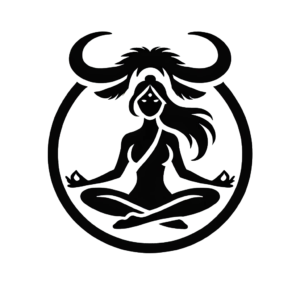If you’re struggling with PTSD, ADHD, OCD, anxiety, or depression, finding a way to quiet the mind and restore balance can feel overwhelming. Yoga Nidra is a practice scientifically proven to alleviate the symptoms of mental health conditions that enables deep relaxation of the nervous system and facilitates natural self-paced healing. Yoga Nidra, often called “yogic sleep,” is a powerful, accessible meditation technique that promotes deep rest while keeping you aware and present. Unlike traditional meditation, which requires focused concentration, Yoga Nidra effortlessly guides you into a state between wakefulness and sleep, where the body and mind can release stored tension, emotions, and trauma.
Vinyasa Yoga is a practice that helps enhance overall health and well-being, which in turn helps one lead a healthier, more balanced lifestyle. If you like the faster pace and intensity of Vinyasa, you might also enjoy flow, power, Ashtanga or hot yoga classes, and vice versa. Some Vinyasa Yoga classes are combined with long-held Yin yoga postures to create a more accessible, therapeutic and balanced yoga programme. The sun salutations and other asanas typical of Vinyasa have the effect of enhancing mobility, improving heart health and building endurance. The combination of fast-paced movements and muscle strengthening exercises of Vinyasa help to increase the range of healthy mobility of the limbs, torso, neck and head.
The Primary Series of Ashtanga Yoga is known in Sanskrit as “Yoga Chikitsa”, or yoga therapy. It is a healing process of cleansing and toning for the body, mind and senses. This therapeutic action occurs through the subtle vehicles of Ashtanga Yoga. There is an understanding in yoga that there exists within the body a complex network of energy pathways known as nadis. The energy which flows in these channels is a powerful yet unseen force called prana –the underlying source for all life. Along the nadis, obstructions can form which inhibit the free flow of prana. These blockages are called granthis and often remain unnoticed. The process of unravelling the granthis is a result of a consistent yoga practice. This is the source of the healing aspects of the Ashtanga Primary Series. From “Ashtanga Yoga, The Practice Manual” by David Swenson
Yin Yoga is a slow-paced, meditative style of yoga based on traditional Chinse medicine. It focuses on holding poses for extended periods (3-10 minutes) to target the deeper connective tissues – the ligaments, tendons, and fascia, improving flexibility and promoting relaxation and mindfulness. Yin Yoga can be thought of as the deep tissue massage of yoga. The asanas in a typical Yin class help to release physical tension and release stagnant energy from the body. Some major benefits of Yin yoga, in addition to the physical, are learning to sit with discomfort and increasing inner awareness. This includes paying attention to our breath, thoughts, and body sensations. Yin yoga can be thought of as the deep tissue massage of yoga. Abstain from Yin Yoga if you are hypermobile, pregnant, or have osteoporosis.
